Carl Zimmer in The New York Times (2011):
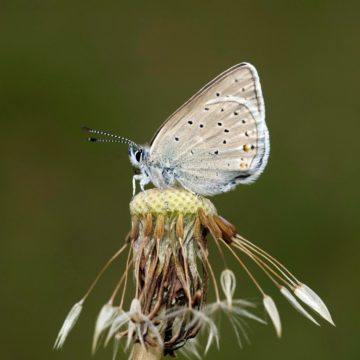 Vladimir Nabokov may be known to most people as the author of classic novels like “Lolita” and “Pale Fire.” But even as he was writing those books, Nabokov had a parallel existence as a self-taught expert on butterflies. He was the curator of lepidoptera at the Museum of Comparative Zoology at Harvard University, and he collected the insects across the United States. He published detailed descriptions of hundreds of species. And in a speculative moment in 1945, he came up with a sweeping hypothesis for the evolution of the butterflies he studied, a group known as the Polyommatus blues. He envisioned them coming to the New World from Asia over millions of years in a series of waves.
Vladimir Nabokov may be known to most people as the author of classic novels like “Lolita” and “Pale Fire.” But even as he was writing those books, Nabokov had a parallel existence as a self-taught expert on butterflies. He was the curator of lepidoptera at the Museum of Comparative Zoology at Harvard University, and he collected the insects across the United States. He published detailed descriptions of hundreds of species. And in a speculative moment in 1945, he came up with a sweeping hypothesis for the evolution of the butterflies he studied, a group known as the Polyommatus blues. He envisioned them coming to the New World from Asia over millions of years in a series of waves.
Few professional lepidopterists took these ideas seriously during Nabokov’s lifetime. But in the years since his death in 1977, his scientific reputation has grown. And over the past 10 years, a team of scientists has been applying gene-sequencing technology to his hypothesis about how Polyommatus blues evolved. Last week in The Proceedings of the Royal Society of London, they reported that Nabokov was absolutely right.
“It’s really quite a marvel,” said Naomi Pierce of Harvard, a co-author of the paper.
Nabokov inherited his passion for butterflies from his parents. When his father was imprisoned by the Russian authorities for his political activities, the 8-year-old Vladimir brought a butterfly to his cell as a gift. As a teenager, Nabokov went on butterfly-hunting expeditions and carefully described the specimens he caught, imitating the scientific journals he read in his spare time. Had it not been for the Russian Revolution, which forced his family into exile in 1919, Nabokov said that he might have become a full-time lepidopterist.
In his European exile, Nabokov visited butterfly collections in museums. He used the proceeds of his second novel, “King, Queen, Knave,” to finance an expedition to the Pyrenees, where he and his wife, Vera, netted more than a hundred species. The rise of the Nazis drove Nabokov into exile once more in 1940, this time to the United States. It was there that Nabokov found his greatest fame as a novelist. It was also there that he delved deepest into the science of butterflies.
Nabokov spent much of the 1940s dissecting a confusing group of species called Polyommatus blues. He developed forward-thinking ways to classifying the butterflies, based on differences in their genitalia. He argued that what were thought to be closely related species were actually only distantly related.
More here.
 Over the past decade, autocrats around the world have perfected the technique of “managed” or “guided” democracy. In Belarus, Egypt, Russia, Uganda, Venezuela, and elsewhere, authoritarian leaders have held periodic elections to enhance their legitimacy but monopolized the media, restricted civil society, and manipulated state institutions and resources to ensure that they remained in power.
Over the past decade, autocrats around the world have perfected the technique of “managed” or “guided” democracy. In Belarus, Egypt, Russia, Uganda, Venezuela, and elsewhere, authoritarian leaders have held periodic elections to enhance their legitimacy but monopolized the media, restricted civil society, and manipulated state institutions and resources to ensure that they remained in power.
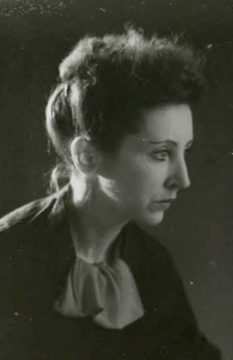 The pack: that’s what they called it. A secret guide, discreetly passed to literary authors in need of money to sustain their ‘real’ art. Compiled by such an author, happy to share their experience of publishing erotica on Amazon, it offered advice to avant-garde writers keen to turn their hand to this lucrative genre. According to the pack, popular topics included:
The pack: that’s what they called it. A secret guide, discreetly passed to literary authors in need of money to sustain their ‘real’ art. Compiled by such an author, happy to share their experience of publishing erotica on Amazon, it offered advice to avant-garde writers keen to turn their hand to this lucrative genre. According to the pack, popular topics included: Vladimir Nabokov may be known to most people as the author of classic novels like “Lolita” and “Pale Fire.” But even as he was writing those books, Nabokov had a parallel existence as a self-taught expert on butterflies. He was the curator of lepidoptera at the
Vladimir Nabokov may be known to most people as the author of classic novels like “Lolita” and “Pale Fire.” But even as he was writing those books, Nabokov had a parallel existence as a self-taught expert on butterflies. He was the curator of lepidoptera at the  In 1990, not long after Jean-Marie Robine and Michel Allard began conducting a nationwide study of French centenarians, one of their software programs spat out an error message. An individual in the study was marked as 115 years old, a number outside the program’s range of acceptable age values. They called their collaborators in Arles, where the subject lived, and asked them to double-check the information they had provided, recalls Allard, who was then the director of the IPSEN Foundation, a nonprofit research organization. Perhaps they made a mistake when transcribing her birth date? Maybe this
In 1990, not long after Jean-Marie Robine and Michel Allard began conducting a nationwide study of French centenarians, one of their software programs spat out an error message. An individual in the study was marked as 115 years old, a number outside the program’s range of acceptable age values. They called their collaborators in Arles, where the subject lived, and asked them to double-check the information they had provided, recalls Allard, who was then the director of the IPSEN Foundation, a nonprofit research organization. Perhaps they made a mistake when transcribing her birth date? Maybe this 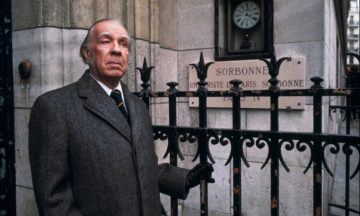 “T
“T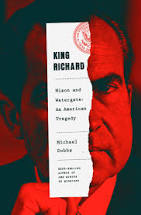 Does the world need another history of the Watergate scandal? If it’s this good, yes. Michael Dobbs’s tense facto-thriller covers the first hundred days of Richard Nixon’s second administration, from the triumph of re-election to the moment when things ‘fell apart’ in mid-1973. Dobbs stalks the president around the White House, watching and listening – much like the taping system Nixon installed to protect his reputation but that, in the end, destroyed it. We hear him make bigoted comments and plot to conceal the truth, as well as lie to the faces of men he professes to love – and to himself as well.
Does the world need another history of the Watergate scandal? If it’s this good, yes. Michael Dobbs’s tense facto-thriller covers the first hundred days of Richard Nixon’s second administration, from the triumph of re-election to the moment when things ‘fell apart’ in mid-1973. Dobbs stalks the president around the White House, watching and listening – much like the taping system Nixon installed to protect his reputation but that, in the end, destroyed it. We hear him make bigoted comments and plot to conceal the truth, as well as lie to the faces of men he professes to love – and to himself as well.

 Adam Tooze in the New Statesman:
Adam Tooze in the New Statesman: A
A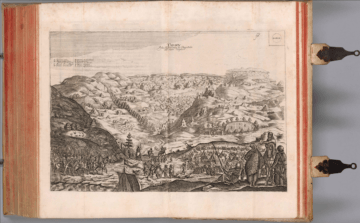 Jinny: How do the topics of language and writing in the novel reinforce and strengthen Dagestani identity?
Jinny: How do the topics of language and writing in the novel reinforce and strengthen Dagestani identity?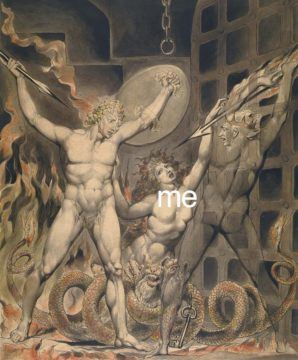 What makes Twitter so axiomatically hellish? It’s a place where even the most well-intentioned attempts at intellectually honest conversation inevitably devolve into misunderstanding and mutual contempt, like the fruit that crumbles into ash in the devils’ mouths in book 10 of Paradise Lost. It amplifies our simultaneous interdependency and alienation, the overtaking of meaningful political life by the triviality of the social. It is other people. But mostly Twitter is Hell because we—a “we” that, in Twitter’s universalizing idiom, outstretches optimistically or threateningly as if to envelop even those blessed souls who have never once logged on—make it so. It’s our own personal Hell, algorithmically articulated and given back to us, customized enough that I can complain to another very online friend about something that’s “all over Twitter” and he can reply, in confusion, “hmm, not my Twitter,” but shared enough that another friend can affirm, “on my Twitter too.” Pathetic fallacy subtends the most viral memes, either on the individual level (“it me”) or from the perspective of the willed collective of Twitter itself.
What makes Twitter so axiomatically hellish? It’s a place where even the most well-intentioned attempts at intellectually honest conversation inevitably devolve into misunderstanding and mutual contempt, like the fruit that crumbles into ash in the devils’ mouths in book 10 of Paradise Lost. It amplifies our simultaneous interdependency and alienation, the overtaking of meaningful political life by the triviality of the social. It is other people. But mostly Twitter is Hell because we—a “we” that, in Twitter’s universalizing idiom, outstretches optimistically or threateningly as if to envelop even those blessed souls who have never once logged on—make it so. It’s our own personal Hell, algorithmically articulated and given back to us, customized enough that I can complain to another very online friend about something that’s “all over Twitter” and he can reply, in confusion, “hmm, not my Twitter,” but shared enough that another friend can affirm, “on my Twitter too.” Pathetic fallacy subtends the most viral memes, either on the individual level (“it me”) or from the perspective of the willed collective of Twitter itself.